In our previous blog, we helped you choose a shipping model suitable for your marketplace. Based on what customers want, the type of products you’re going to sell and the advantages and disadvantages of each model, we hope you have already made up your mind on your preferred shipping model.
What next?
Once you’ve picked a suitable shipping model for your marketplace, you need to tread carefully to ensure a smooth execution of your shipping strategies. Not just executing the plan, but executing the right way is the key to a successful shipping story. In this blog, we’ll talk about how to work your way through the different models of shipping so that you can manage your shipping more seamlessly.
DROPSHIPPING
In dropshipping, the marketplace owner has very little, or almost no apparent control over the supply chain. This could lead to a lot of problems like quality issues, delayed deliveries, wrong shipping, exchange/returns issues, etc. Here’s how you can have an upper hand over your dropshipper and ensure a successful marketplace shipping.
Choose trustworthy sellers
The first step towards a successful dropshipping supply chain is to onboard reliable sellers. Since the seller is responsible for the deliveries and shipping, it is important that they are trustworthy and don’t let you into a shameful scam. Choose your sellers carefully and verify their stores and credentials before listing them on your marketplace. Make sure that their delivery standards align with your marketplace and customers’ needs. Although they handle the entire shipping, your customers will find you (or rather, your marketplace) responsible for any mishap or unsatisfied delivery. Get these answers cleared before appointing any seller:
- Are they listed on any other marketplace? If yes, how well rated are they on the other marketplace(s)?
- Do they have tie-ups with other logistics solutions or do they have their own shopping and delivery team?
- How are they sourcing their products? Does the quality of their products match your marketplace standards?
- How do they pack the products? Will their packaging meet the products’ safety and storage requirements?
- What are their return/exchange policies and do they align with your marketplace policies?
- How good is their customer support?
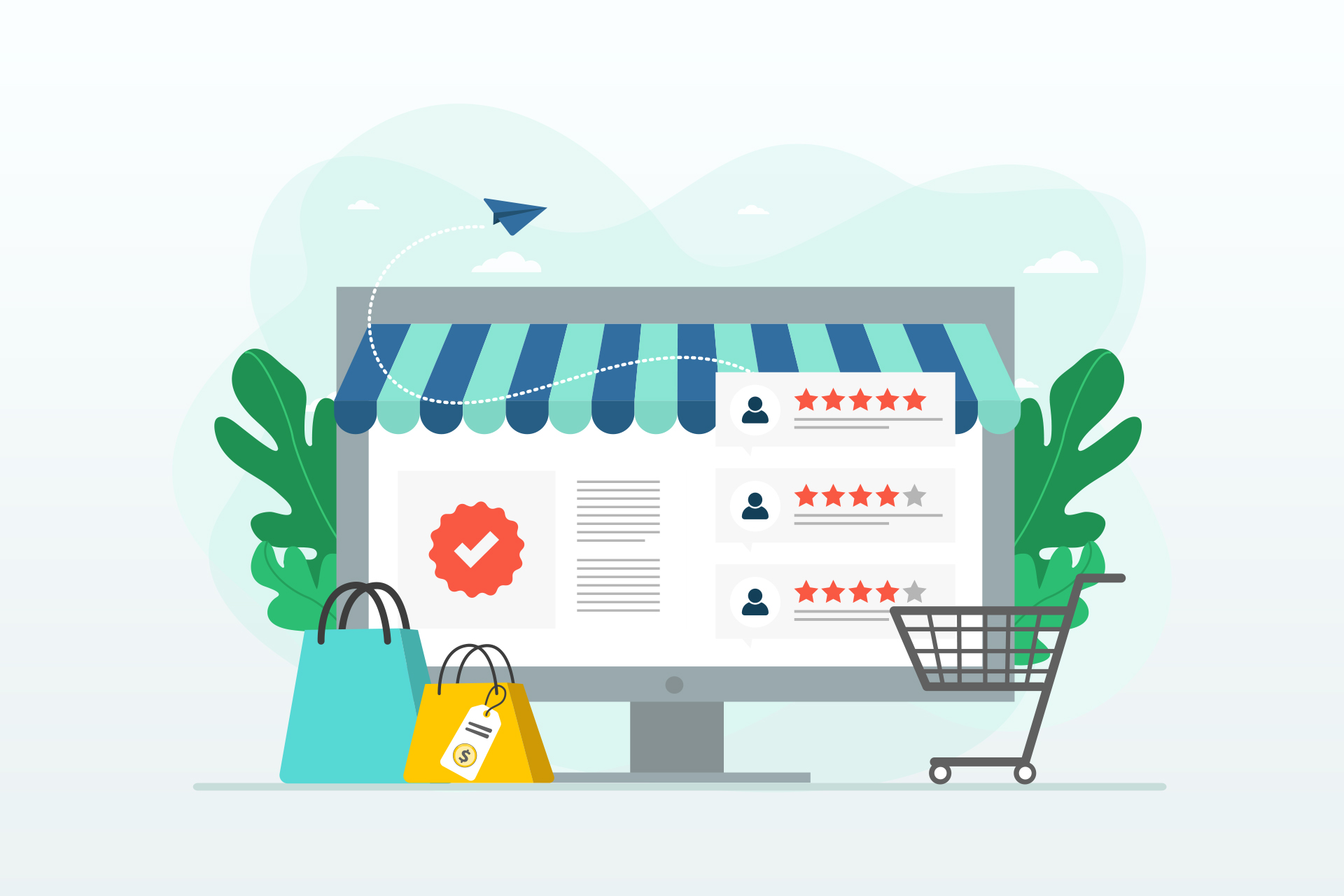 Ask for sample products from the seller to verify the quality of the products. However tempting it might be, the lowest price isn’t always the best. Try analysing why and how the seller is putting such a low selling price and trust them only if you find the source convincing. A little compromise on the profit margin is always better than a risky affair. Establish strong SLAs (service-level agreement) and encourage the sellers to abide by the same.
Ask for sample products from the seller to verify the quality of the products. However tempting it might be, the lowest price isn’t always the best. Try analysing why and how the seller is putting such a low selling price and trust them only if you find the source convincing. A little compromise on the profit margin is always better than a risky affair. Establish strong SLAs (service-level agreement) and encourage the sellers to abide by the same.
Lookover the stock
Imagine this: a customer places an order on your marketplace. When the time comes to process and ship the product, you get to know that none of the sellers have the product in their stock! You wouldn’t want to face such a situation, would you?
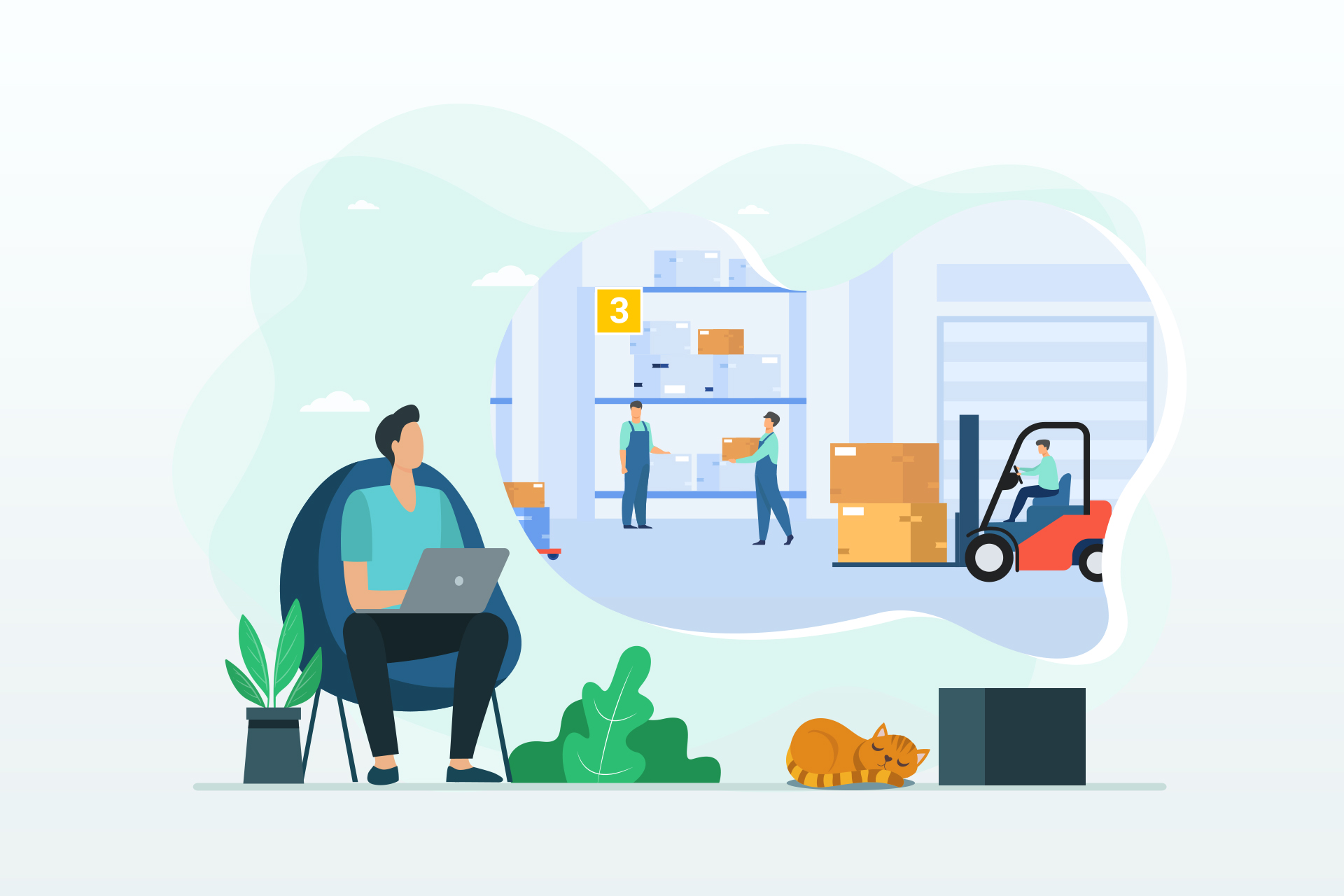 Solution: Keep a steady eye over your sellers’ stock. If you find a certain ordered product out of stock, contact the seller immediately and ask him to provide you with updates about restocking. Now you wouldn’t have a hands on access to your seller’s inventory but there are other ways to look over their stock. An automated solution that keeps you updated on the stock will be helpful. WCFM Ultimate allows the admin to check the stock of their sellers and also enables auto update of the products page regarding products that are ‘out of stock’.
Solution: Keep a steady eye over your sellers’ stock. If you find a certain ordered product out of stock, contact the seller immediately and ask him to provide you with updates about restocking. Now you wouldn’t have a hands on access to your seller’s inventory but there are other ways to look over their stock. An automated solution that keeps you updated on the stock will be helpful. WCFM Ultimate allows the admin to check the stock of their sellers and also enables auto update of the products page regarding products that are ‘out of stock’.
Another way to prevent backorders is having multiple sellers selling a particular product. In this way, one or the other seller will always have the product available for dispatch.
Tracking orders
Since the shipping peripherals are fulfilled by the seller, you need to keep a track of the shipments in order to avoid your customers’ queries. Also, in case of late deliveries, your customer might enquire you its whereabouts. Knowing the exact status of the order is necessary to provide an appropriate reply to them.
![]() Set up an automated system that will notify you when the shipment is dispatched and the expected date of delivery. It is always better to have a strict ground of delivery time frame for your sellers to which they must adhere. WCFM Ultimate allows the vendor to update the admin when the order is out for shipping and when the order is delivered. The customer as well as the admin also receives a tracking code for easy tracking of the order.
Set up an automated system that will notify you when the shipment is dispatched and the expected date of delivery. It is always better to have a strict ground of delivery time frame for your sellers to which they must adhere. WCFM Ultimate allows the vendor to update the admin when the order is out for shipping and when the order is delivered. The customer as well as the admin also receives a tracking code for easy tracking of the order.
SELF-FULFILLMENT
Self-fulfillment lets you have total control over your marketplace. You (or your team) process the orders, pack them, ship them and/or deliver them all by yourself. But with complete control comes greater load! Since most of the task is done in-house, things can go haywire without proper management of each unit. You already know the different steps of self-fulfillment. Now let’s dig deeper into the better practices and tips for an effective in-house fulfilment and how to do it the right way.
Automated solution for management
If you have a team that manages your warehouse and does all the packaging and shipping, you would have to have an eye on them to ensure timely dispatches. The best way to do this by having a single integrated system that will help you manage every process the way you want. Let’s say you receive an order and now you have to pass it down to your inventory manager. Would you really take the traditional way of calling him/her down and informing him/her of the order? This can never be a convenient option, especially when you start receiving hundreds of orders per day!
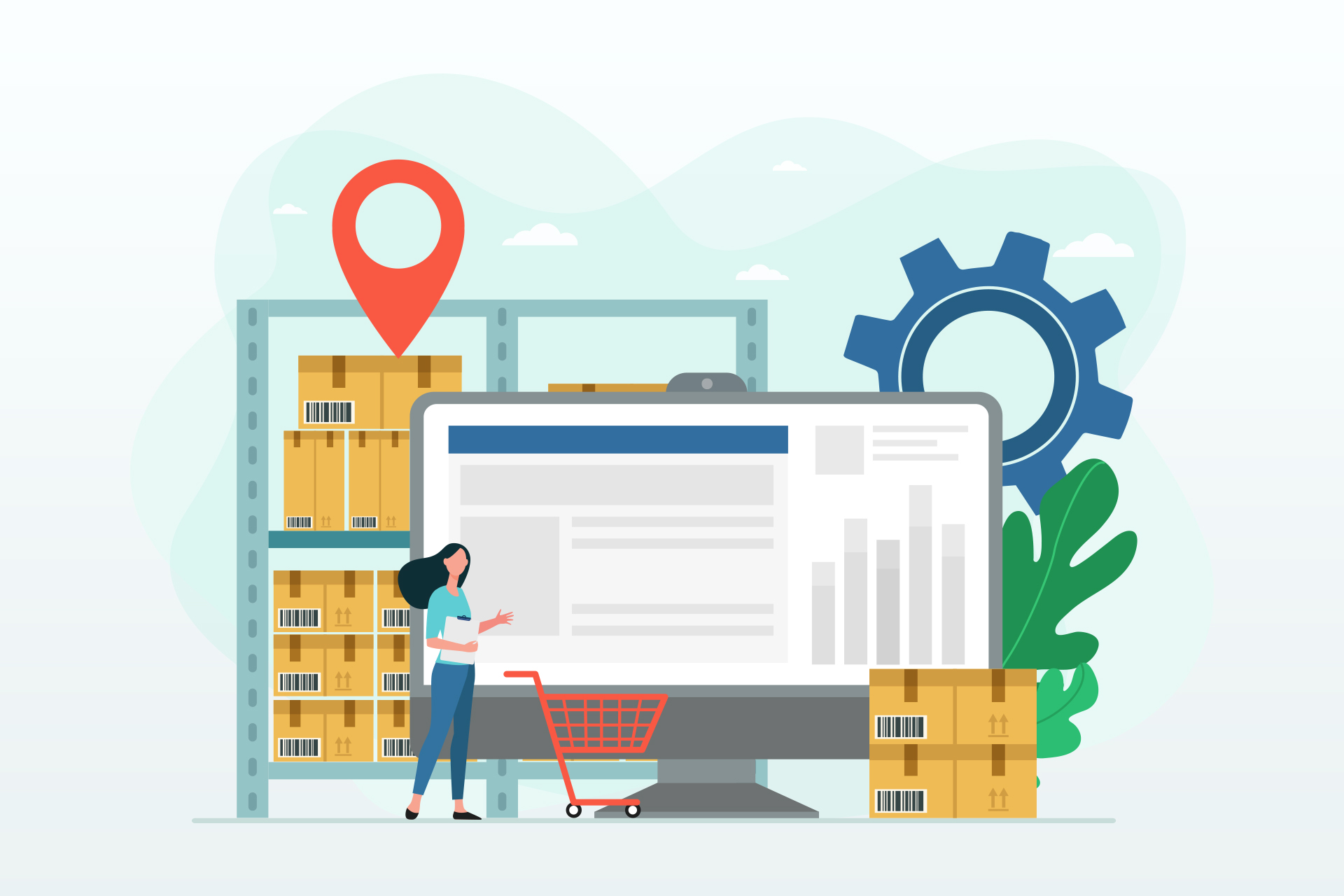 An automated system which sends instant notification to your store/inventory manager of every order placed can be your greatest buddy. You should also be able to send instant instructions to your team and receive notifications of each step of the process.
An automated system which sends instant notification to your store/inventory manager of every order placed can be your greatest buddy. You should also be able to send instant instructions to your team and receive notifications of each step of the process.
Investing in automation will save a lot of time that would have otherwise been wasted in inter-communication. It will greatly speed up the process and also allow you to have direct control over the entire fulfilment process. WCFM Marketplace allows you to do all these things, plus a lot more!
Effective packaging
“Packaging can be a theater, it can create a story” – perhaps, Steve Jobs had realized the importance of good packaging when he said this. The first thing that a customer gets to see when they receive a product is its outer packaging. A good packaging is not only important for the preservation and safety of the products but also reflects your brand. A squished or damaged package will immediately put off your customer. Therefore, make sure that your products are packed properly to avoid product damage and replacements.
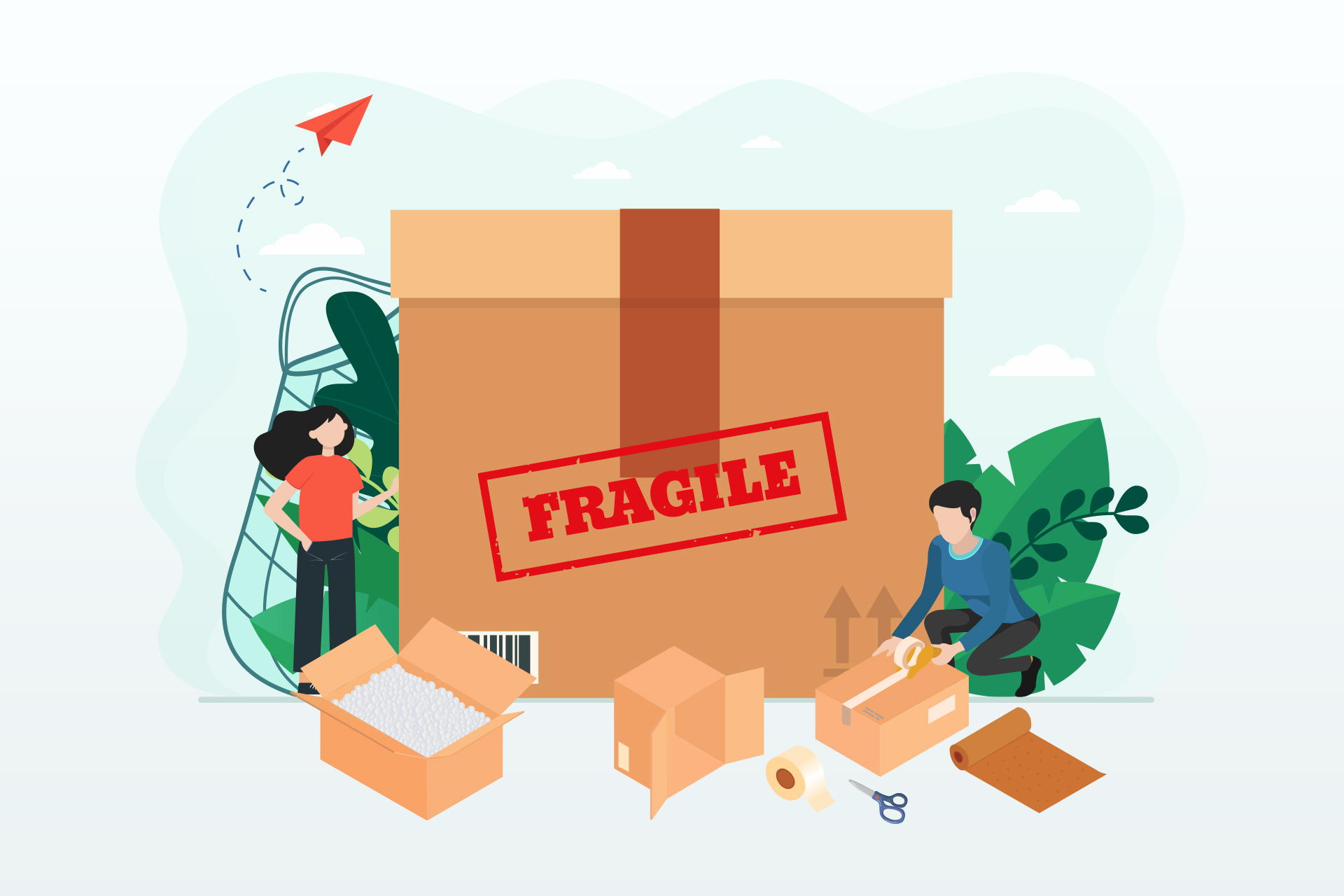 Package material depends on the weight and type of product and also how far it needs to be shipped. For local deliveries of lighter items or groceries, paper bags could be an economical yet environment-friendly option. For larger/heavier products or products that need to be shipped to a greater distance, cardboard or corrugated boxes are widely used.
Package material depends on the weight and type of product and also how far it needs to be shipped. For local deliveries of lighter items or groceries, paper bags could be an economical yet environment-friendly option. For larger/heavier products or products that need to be shipped to a greater distance, cardboard or corrugated boxes are widely used.
Check the dimensions of your product before you choose the packing box. Too small a box for your product can expose your product to more physical damages. Conversely, if you need to pack smaller items in a larger box, make sure you provide enough padding material like styrofoam, bubble wrap, packing peanuts, crinkle paper, etc. If you’re packing more than one item in the same box, wrap individual products with bubble wrap. Seal the openings of the boxes with strong tapes.
Labeling
Your packages must be labeled properly to avoid misplacing /delivering to wrong addresses. The following must be clearly printed on the shipping label:
- Name and address of the customer/recipient
- Nearest landmark of the customer’s address for easy identification
- Name and address of the seller
- Return address in case of exchanges/returns
- Scanning code of the package
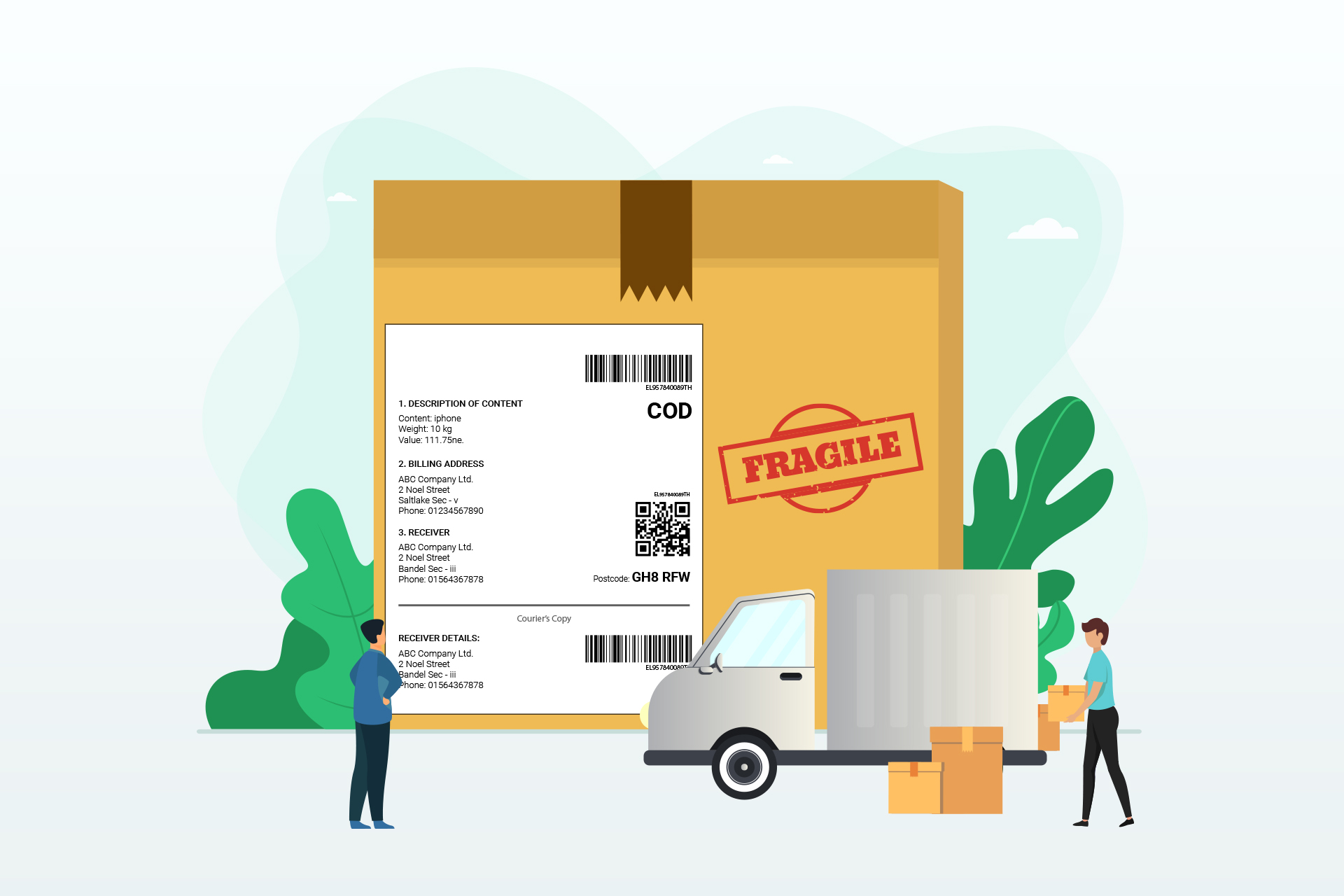 Also make sure that you use good quality ink to print the labels which don’t get washed away easily by a slight rub or a splash of water. A sales invoice should also be included with the package. WCFM Ultimate lets the seller/admin print packing labels as well as seller invoice for the purpose.
Also make sure that you use good quality ink to print the labels which don’t get washed away easily by a slight rub or a splash of water. A sales invoice should also be included with the package. WCFM Ultimate lets the seller/admin print packing labels as well as seller invoice for the purpose.
Shipping through carrier services
In our previous blog, we discussed the various ways of shipping based on product type, weight, dimensions and distance. For local shipping, having your own delivery team and vehicles is quite convenient. But what happens when you need to ship outside your region? You would require to make frequent trips to post offices or carrier services like UPS, DTDC, etc.
 Shipping through a carrier service would require you to follow quite some guidelines. Their shipping charges vary with the dimensions of the boxes, weight of the boxes, distance between the source and the delivery point, etc. Therefore, you have to be careful with your packaging to avoid additional freight charges.
Shipping through a carrier service would require you to follow quite some guidelines. Their shipping charges vary with the dimensions of the boxes, weight of the boxes, distance between the source and the delivery point, etc. Therefore, you have to be careful with your packaging to avoid additional freight charges.
Now, it’s better to have a fixed carrier partner for your marketplace deliveries. If you ship your products through different shipping services, it would be quite difficult to fix the actual selling price for your customers. If you have a fixed carrier partner through whom you prefer shipping most of the time, then an automated system would be helpful. The biggest advantage of having these softwares is that it allows you to track your product as well as print shipping labels of the same carrier service, fetch real-time carrier charges and much more! WCFM Marketplace is compatible with quite some third-party shipping plugins that help you manage your orders’ shipping via carrier services like UPS, FedEx, DHL etc.
THIRD PARTY FULFILLMENT
When you tie-up with third party logistics for fulfilling your orders, you know that you are dealing with experts in this field. 3PLs like UPS, DHL and FedEx deliver thousands of packages all around the world and, therefore, they have the best practices for safer and faster deliveries. However, a lot of outsourcing relationships eventually result in premature termination. Reason: inability to plan and implement the right outsourcing initiatives. Want to know the right way to outsource logistics? Read on.
Choosing the right 3PL partner
The biggest mistake people make while choosing a 3PL partner is that they run after options that are cheaper. Oftentimes (if not always) quality handling and shipping is compromised in the facade of cheaper rates. A botched up fulfilment by your 3PL partner can cause a massive loss of your marketplace’s reputation. So choosing the correct partner is essentially important.
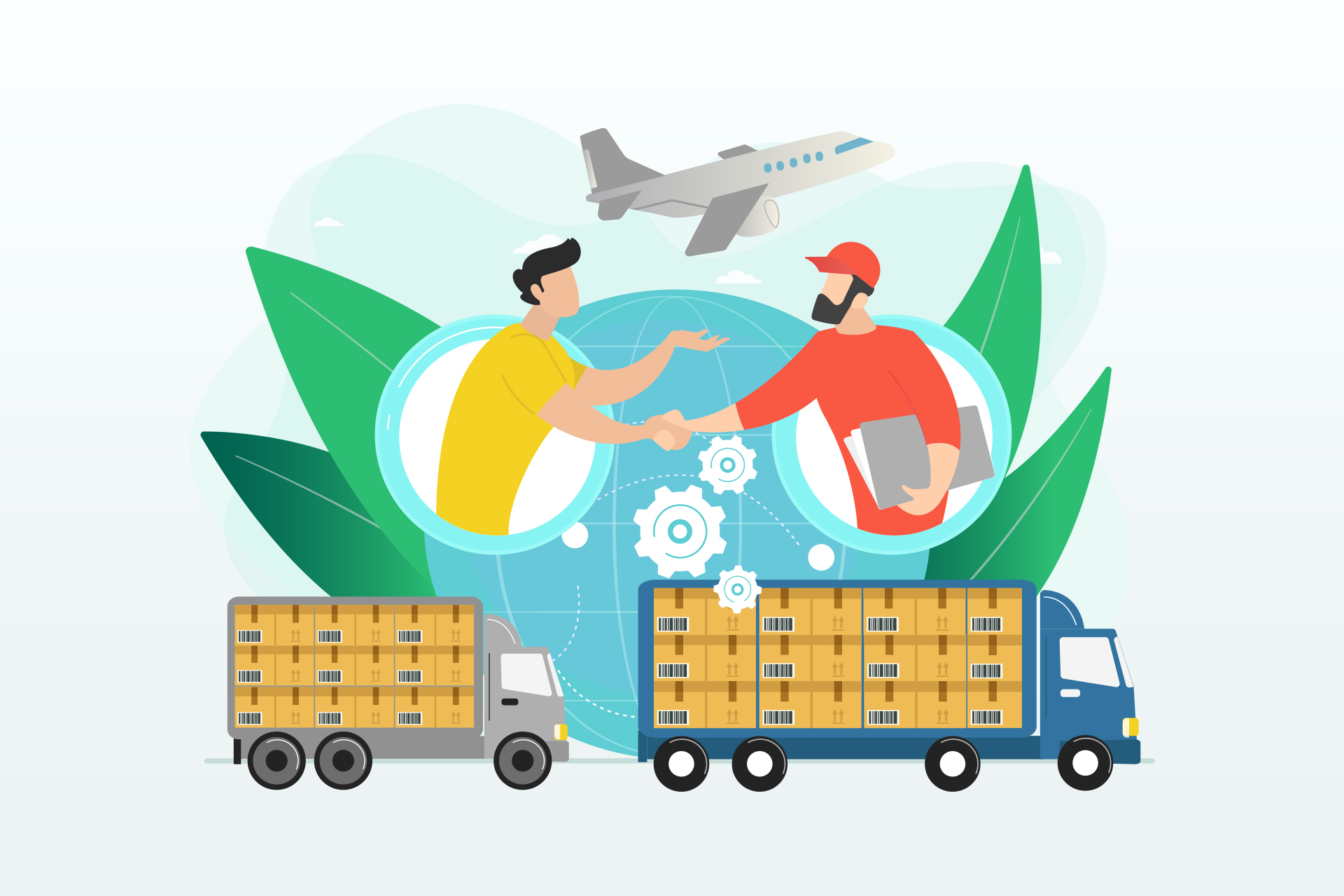 Do your homework and don’t just go for hearsays. Compare two to three different 3PL providers before choosing one. Set your KPIs precisely and compare them with your logistics options. Analyse their service capabilities and determine whether they will be capable of aligning with your marketplace’s scaling tracks or not. Even a sudden spike in your order volume should be effectively handled by your 3PL provider with the same shipping standards as set before. Shortlisting suitable 3PL providers could take months, but don’t skip your research in a rush.
Do your homework and don’t just go for hearsays. Compare two to three different 3PL providers before choosing one. Set your KPIs precisely and compare them with your logistics options. Analyse their service capabilities and determine whether they will be capable of aligning with your marketplace’s scaling tracks or not. Even a sudden spike in your order volume should be effectively handled by your 3PL provider with the same shipping standards as set before. Shortlisting suitable 3PL providers could take months, but don’t skip your research in a rush.
Checking the safety standards
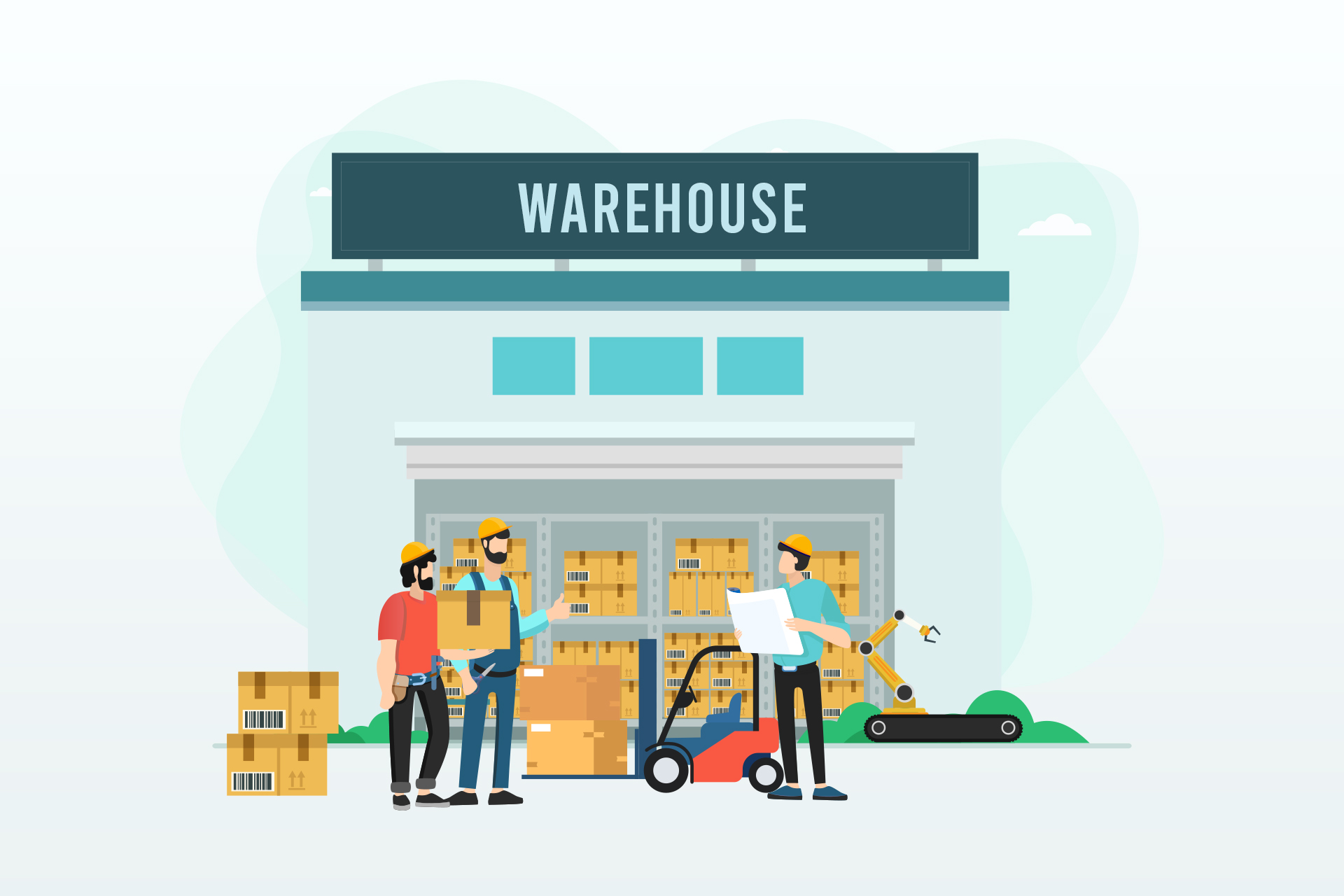 Safety standards are on a constant upgrade. It is imperative for 3PL providers to comply with the latest safety initiatives. Keep a check on how your selected 3PL provider approaches the safety measures in their operations. Besides the protection of your assets (i.e., your products) and safe deliveries, your 3PL provider should also take protection of data and financial security pretty seriously. ISO and OHSAS certifications are some of the standard certifications that your 3PL provider must have. Also check for their food safety related certifications like FDA certificates if you outsource shipping of your food items.
Safety standards are on a constant upgrade. It is imperative for 3PL providers to comply with the latest safety initiatives. Keep a check on how your selected 3PL provider approaches the safety measures in their operations. Besides the protection of your assets (i.e., your products) and safe deliveries, your 3PL provider should also take protection of data and financial security pretty seriously. ISO and OHSAS certifications are some of the standard certifications that your 3PL provider must have. Also check for their food safety related certifications like FDA certificates if you outsource shipping of your food items.
Negotiate and set a contract
Price negotiation is possible with larger order volumes. Your 3PL partner probably ships products in bulk and therefore, there’s always a scope for some price negotiation. Your goal should be to minimize compromisation with the service against the best value provided. Choose a pricing model suitable for your marketplace and then set a contract.
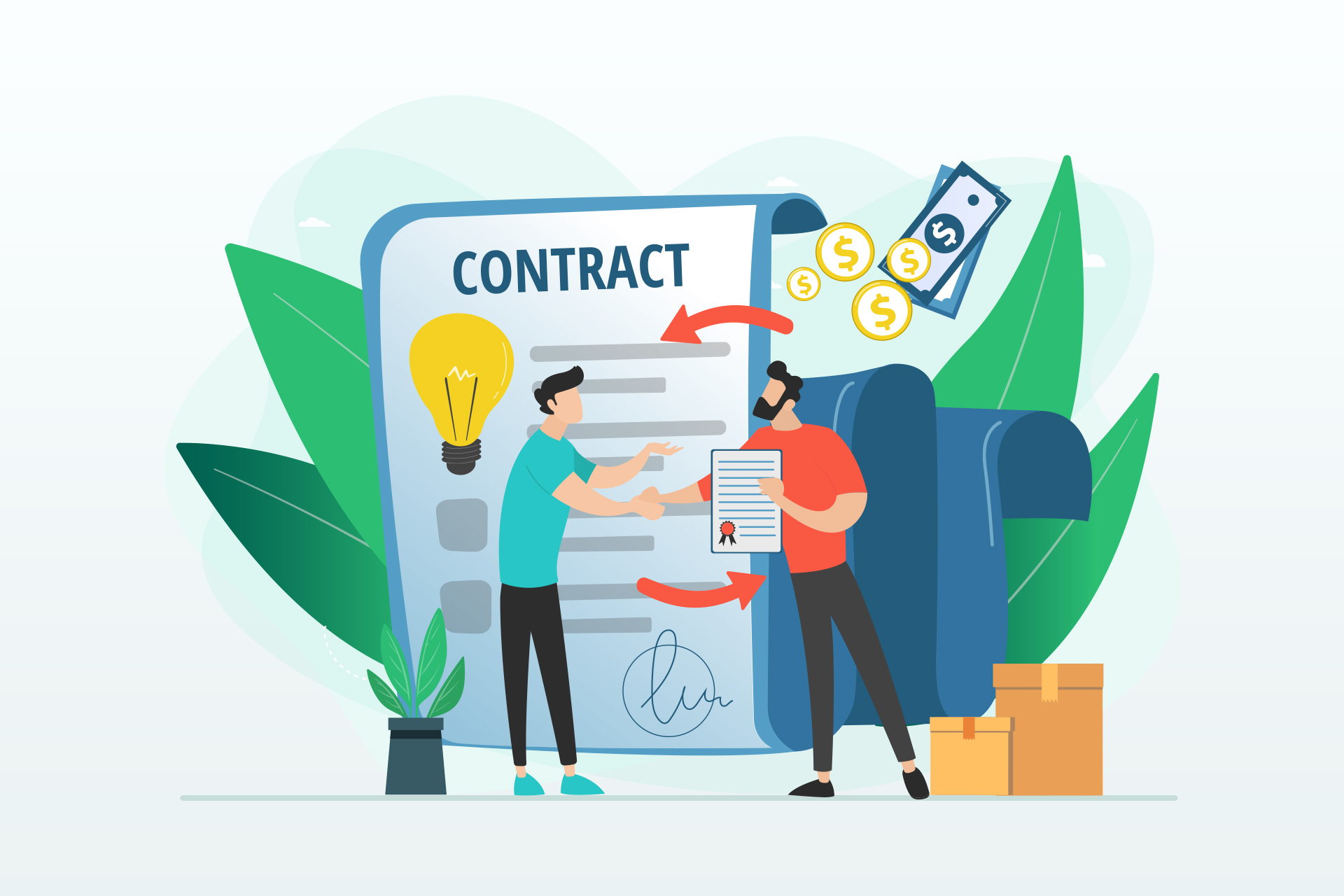 Contract preparations could be stressful but it’s absolutely necessary to have a strong set of terms and conditions for both parties. Once you’ve selected a 3PL provider, nail down precise and detailed terms and conditions of the contract. Pen down your SLAs and standards carefully. Usually the arrangement is locked for 4-5 years but avoid long-term contracts, if possible. A lot of providers allow monthly contracts and payment systems. Make sure you have the provision and flexibility to switch to another provider if you’re not satisfied with their services. Take help from a legal advisor while preparing the contract to avoid legal loopholes.
Contract preparations could be stressful but it’s absolutely necessary to have a strong set of terms and conditions for both parties. Once you’ve selected a 3PL provider, nail down precise and detailed terms and conditions of the contract. Pen down your SLAs and standards carefully. Usually the arrangement is locked for 4-5 years but avoid long-term contracts, if possible. A lot of providers allow monthly contracts and payment systems. Make sure you have the provision and flexibility to switch to another provider if you’re not satisfied with their services. Take help from a legal advisor while preparing the contract to avoid legal loopholes.
Review their operations and performance
Although outsourcing your order fulfillments takes away a huge chunk of work load from your shoulders, you shouldn’t just sit back and relax. You need to keep a hawk’s eye over their performance and check any kind of discrepancies. Quite often, 3PL services begin to falter in their standards and services after the honeymoon period of the agreement is over. Periodic review of their operations and performance is necessary to ensure that they stick to the SLAs.
 You can also conduct occasional surveys through your customers wherein you can measure your 3PL partner’s performance based on their review. If you find regular or serious discrepancies, discuss them with your outsourcing partner and ask them to rectify their shortcomings.
You can also conduct occasional surveys through your customers wherein you can measure your 3PL partner’s performance based on their review. If you find regular or serious discrepancies, discuss them with your outsourcing partner and ask them to rectify their shortcomings.
Marketplace shipping management could seem daunting, but keeping things systematic could save you some of the hassle. Take your time to set things up – a proper inventory, trustworthy sellers, packaging and shipping materials, an efficient team, and most importantly, an automated system to manage all the entire process. WCFM Marketplace’s shipping module is excellently effective in managing marketplace shipping based on any shipping model. As an admin, you can track your items when your dropshipper fulfills your orders. It gives you total control over your stock inventory. Moreover, even if you choose to ship your orders through a third-party carrier service, WCFM is compatible with a number of third-party shipping plugins that would make your shipping even more seamless. Therefore, an automated solution like that of WCFM Marketplace could become a perfect tool for you to manage your marketplace shipping.
Our next blog will guide you through the probable shipping costs and charges that you might need to bear based on the shipping model you choose. So, keep an eye on this series!


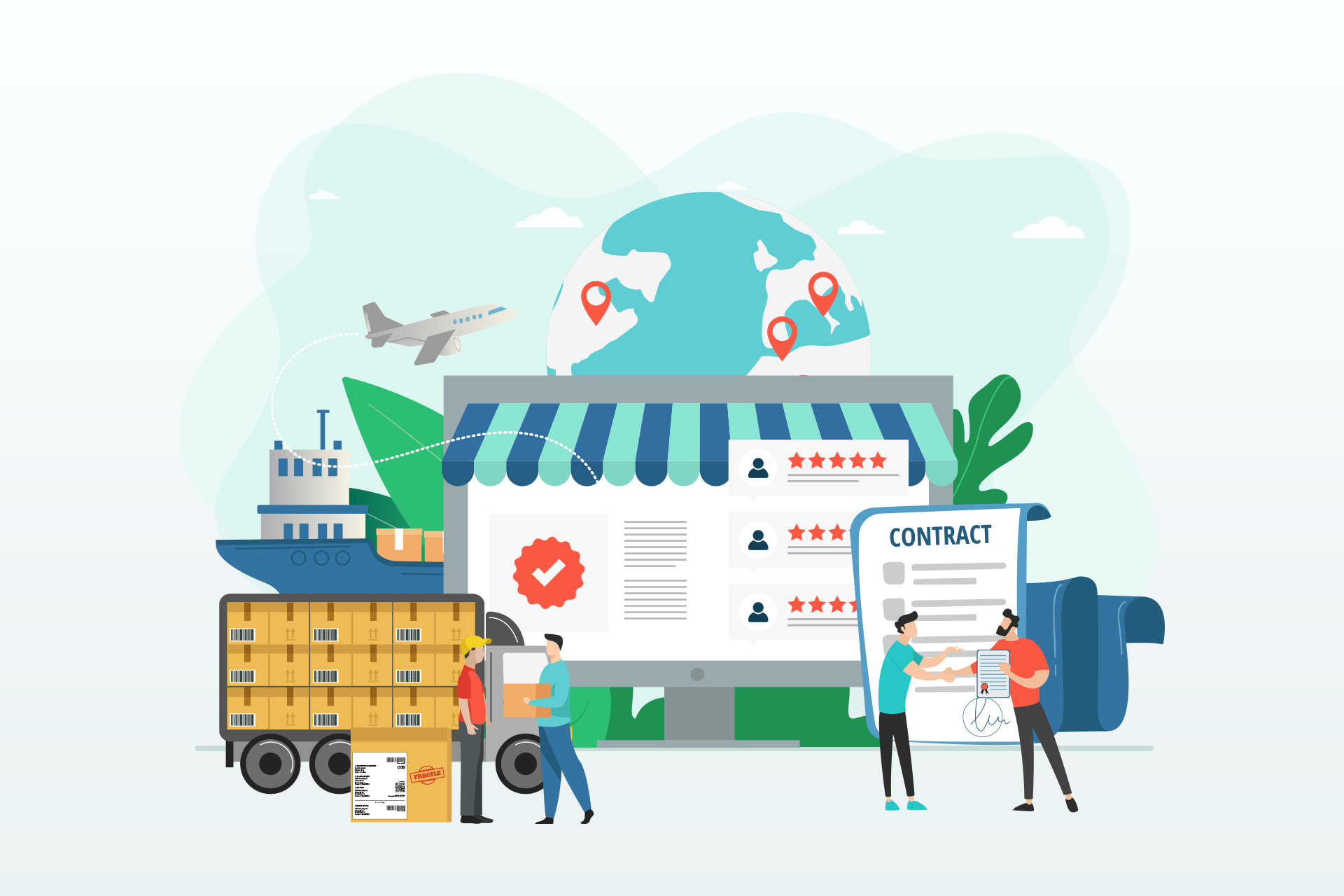
Leave a Reply
You must belogged in to post a comment.